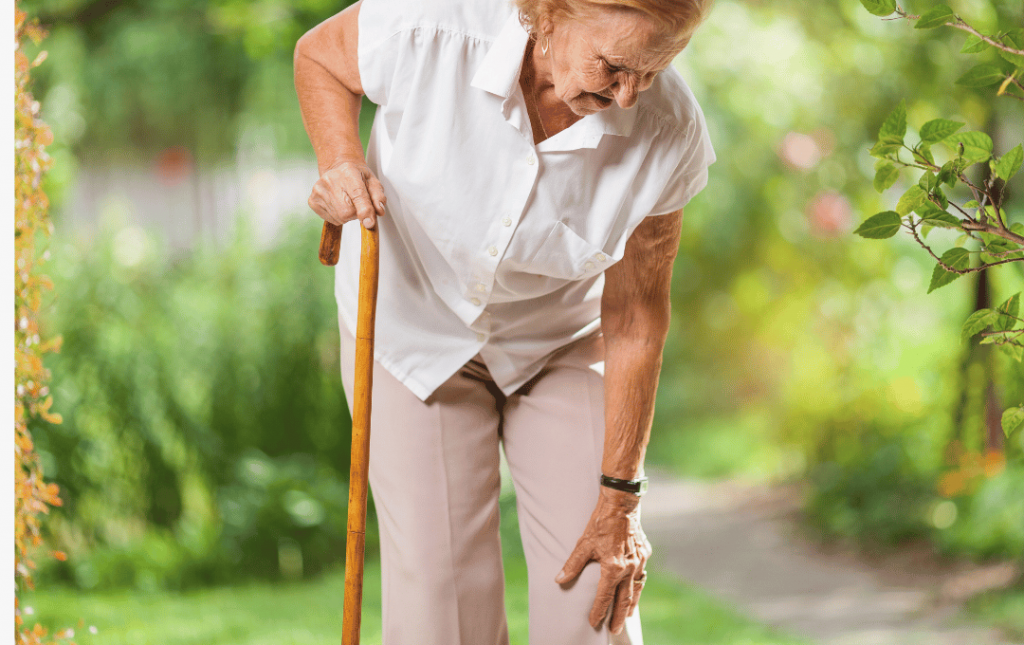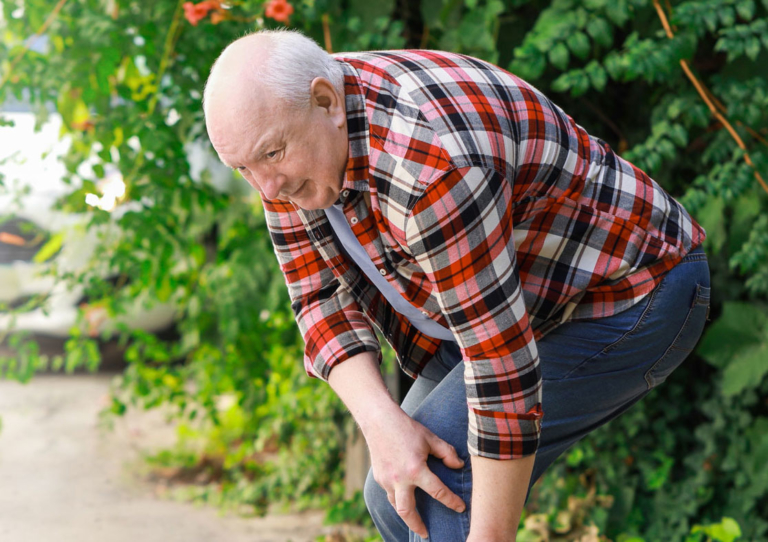Struggling with persistent pain in the legs during activities? Having trouble sleeping at night due to chronic cramps and aches in the lower extremities?
The medical term used to describe leg pain while walking is called claudication. This type of pain occurs during physical activity and is relieved while resting. Leg pain at rest typically occurs when the body is inactive, often during the night while lying in bed.
Understanding the differences between leg pain when walking vs at rest can help determine when a medical evaluation may be needed.
Key Differences Between Walking Pain and Rest Pain
The key difference between claudication and rest pain is that claudication is onset by physical activity and is relieved at rest. Rest pain occurs during inactivity, typically at night when you’re lying down. Here’s how the different types of pain vary:
| Factor | Walking Pain | Resting Pain |
| Causes | Arterial narrowing due to plaque buildup | Severe arterial blockages or clots |
| When it Happens | During physical activity | During inactivity, especially at night |
| Pain Duration | Resolves at rest, typically short-lived | Persistent and may disrupt sleep |
| PAD Relation | Early-stage PAD symptom | Late-stage PAD symptoms, warning sign the disease is progressing |
Causes of Claudication (Pain While Walking)
Leg pain when walking or during movement can occur at any moment. Pain and cramps caused by overexertion can lead to soreness when climbing stairs or when partaking in physical activity. This pain is typically temporary and disappears after rest.
However, when pain is persistent and worsens with activity, it may be due to claudication associated with PAD. Peripheral artery disease is caused by the buildup of plaque in the arteries. As the plaque builds up, the arteries begin to narrow, which reduces the flow of blood, oxygen, and nutrients to the lower extremities during physical activity. This can lead to leg pain, weakness, and muscle fatigue. Claudication caused by PAD typically improves at rest, when circulation in the body improves.
Causes of Rest Pain (Pain Without Activity)
Pain in the legs at rest may be due to factors such as dehydration, restless legs syndrome, or poor sleeping posture. This type of pain typically resolves after movement or hydration.
However, persistent or worsening pain at rest can be caused by an arterial blockage or a blood clot in a vein. Severe artery blockages, blood clots, or restricted blood flow in advanced stages of PAD can cause pain even during inactivity.
Patients with PAD-related leg pain at rest will typically experience pain at night, even when their legs are elevated. Rest pain is a common symptom of late-stage PAD and deep vein thrombosis (DVT). Both conditions require treatment and a medical diagnosis.
Claudication and Rest Pain in PAD
Both claudication and rest pain are associated with PAD, but they occur at different stages. Claudication typically develops during early-stage PAD, when the arteries in a specific leg begin to narrow or have a complete blockage. With the reduced blood flow, oxygen and nutrients are unable to get to the lower extremities, contributing to pain during physical activities.
Why is Rest Pain More Serious?
When the body is at rest during the early stages of PAD, blood flow stabilizes, which is why pain only occurs with movement. For late-stage PAD or more advanced cases, blood flow will remain restricted even at rest, causing pain in the legs and feet even during inactivity.
Both leg pain when walking and at rest are common symptoms of peripheral artery disease (PAD) and other circulatory conditions. While muscle strain or other benign issues can mimic these symptoms, persistent or worsening pain should be evaluated by a vascular specialist, especially if accompanied by asymmetric leg pain, non-healing sores, or changes in skin color.
Schedule a Diagnosis With a Specialist
How to Manage and Treat Leg Pain From PAD
A vascular specialist can assess symptoms and perform diagnostic tests to determine the cause of claudication or rest pain. If peripheral artery disease (PAD) is detected, a vascular specialist may recommend one of three different outpatient treatments:
- Angioplasty: A balloon is placed into the affected artery using a catheter. The balloon expands and pushes plaque against the artery walls to restore blood flow.
- Stenting: A stent is placed into the artery to keep it propped open. This treatment can be used on its own or after an angioplasty is performed.
- Atherectomy: A laser or small blade is used to remove the plaque from the affected artery.
Taking Action Before PAD Leg Pain Gets Worse
Don’t let claudication and rest pain go undiagnosed. When left untreated, leg pain while walking or at rest can progress and lead to severe complications.
USA Vascular Centers has nationwide clinics and vascular specialists ready to offer personalized care and minimally invasive treatments that can help lessen the severity of your condition. Our vascular treatment centers accept most major insurance, including Medicare and Medicaid. Schedule a consultation online with a vascular specialist to confirm the cause of leg pain, whether it occurs at rest or during walking, and receive a personalized treatment plan to protect your health and alleviate unwanted symptoms.
Frequently Asked Questions
Do medications ever cause walking cramps that mimic claudication?
Certain medications can trigger cramps or aches in the lower extremities that mimic the symptoms of claudication. If you’re taking a specific medication, consult your healthcare provider for more information.
Why does walking on an incline trigger pain sooner than on flat ground?
Walking at an incline can trigger pain sooner than walking on flat ground, as inclines are more physically demanding and require the muscles to use more oxygen. If blood flow is limited, like in peripheral artery disease, pain appears sooner than it does on level surfaces.
Why is my rest pain worse in one foot?
Rest pain in one foot may be a sign of an arterial blockage that limits blood flow in that specific leg.


